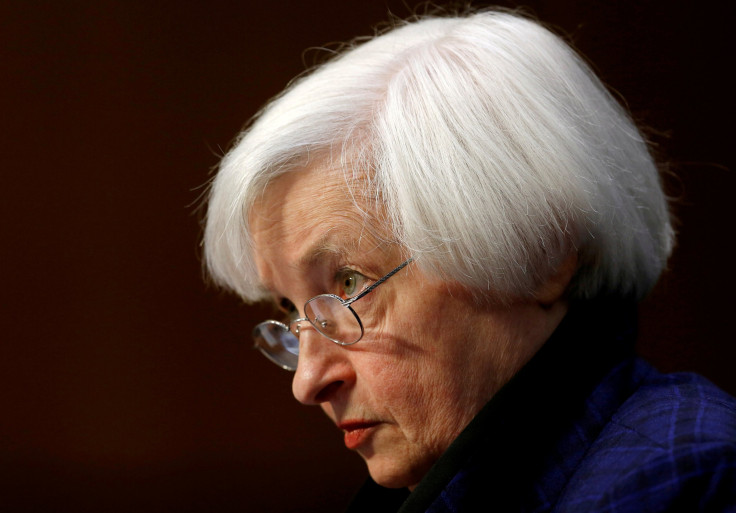How Many Times Will The Fed Raise The Interest Rate? Central Bank Leaders Indicate Three Hikes, But Analysts Have Doubts

With Federal Reserve Chair Janet Yellen testifying Tuesday on the near future of the American economy and the central bank’s plans to maintain steady growth, many wondered whether she’ll follow through on a December suggestion that the Fed would hike interest rates three times in 2017.
The Fed already announced it would back away from an increase on Feb. 1, following a December 0.25-percentage point bump in the federal funds rate, which has remained relatively close to zero in response to the economic slowdown that began in 2008.
The central bank lowers the rate, which banks use when giving one another short-term loans, to stimulate borrowing and investment, as it tends to drive down interest rates on mortgages and other loans. But if an economic catastrophe hits the U.S. while the rate is already close to zero, the Fed will have fewer ways to respond.
Although Yellen called "gradual increases" in the rate "appropriate" in her testimony Tuesday and her colleague, Chicago Fed Bank President Charles Evans, reportedly called three hikes “not unreasonable,” many analysts doubt the prospect of three rate increases in 2017. Others are even skeptical that the Fed will raise the rate at its next meeting, which ends with a decision, announced by Yellen, on March 15.
“It’s going to be a very tall order for the Fed to move at their next meeting,” Deutsche Bank Chief U.S. Economist Joseph LaVorgna told CNBC. “Never say never, but the probabilities of such a move are very, very low.”
Following the upcoming meeting, the Fed will have six more chances to raise the rate. Still, of the eight chances to do so in 2016, the monetary policy maker said it would hike the rate four times, and only increased it once, on Dec. 14.
The CME Group’s FedWatch tool, which tracks the probability of a rate increase based on federal funds futures prices that commonly predict changes in the federal funds rate, pegged the likelihood of an increase at just under 18 percent—up from around 14 percent early Tuesday morning. The chance of a hike—to an interest rate range of between 0.75 and 1 percent, then to a range of 1 and 1.25 percent, and so on—increases as the months pass, with less than 5 percent of investors believing the Fed will have kept rates the same by the central bank’s last meeting of 2017, on Dec. 13.
© Copyright IBTimes 2025. All rights reserved.






















